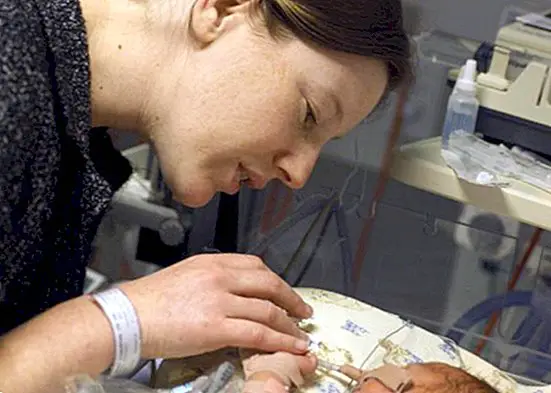What are the bunions, why they appear and how to avoid them
Whenever the weather is good, and for example the increase in temperatures (with the consequent and obvious increase in heat) encourages us to walk the streets or go to the beach or the pool, there is no doubt that both sandals or flip flops They become one of the shoes of choice, for their comfort, their ease of use, and especially because they help our feet do not sweat excessively when it is already quite hot.
But its excessive use can have a consequence: cause the appearance of those known as bunions. In addition, incidentally, other common consequences as for example is the case of pains in the heels and arch of the foot, sprains and increase the risk of an accident (when going up or down the stairs, when stumbling or hooking ).

In the particular case of bunions, it is true that their cause is not only caused by improper or excessive use of sandals. There are also other related causes, since it is not the only one.
What are bunions?
Basically we could define the bunion as the enlargement of the articulation of the base of the big toe, which occurs when the tissue or bone of the joint of the big toe is displaced.
As a consequence, this displacement forces the finger to bend towards the others, creating the most common symptom or sign: a kind of bone lump in the foot, which often tends to be quite painful. That is, the deviation of the big toe increases when it rests on the second toe. With regard to the bulge that appears, it is common to become inflamed and red.
At this point we find the one known as Hallux Valgus, a deviation of the first metatarsal of the big toe caused by the existence of a deformation of this bone as a consequence of different causes. As we indicated, It is precisely this deviation from Hallux Valgus that causes the bunion to form.

Why do they appear? What causes the deviation of the big toe?
As we commented at the beginning of this note, the truth is that there are several causes that can cause the appearance of a bunion. Believe it or not, genetics greatly influences this, given that certain hereditary factors seem to influence that there is a defect in the mechanical structure of the foot. But we do not inherit the bunion itself, but the way of walking that in turn causes the appearance of Hallux Valgus.
In addition to this main cause there are others that we will discuss below:
- Unsuitable use of footwear: either by the use of sandals or by high-heeled shoes, both tend to press the fingers inside the shoe, limiting the movement of the fingers.
- Age: The greater the age, the greater the chances of suffering from bunions, especially after 40 years of age.
- Diseases and conditions of the foot: as for example it is the case of the cavos feet or flat feet.
- Other diseases: as with rheumatoid arthritis, which deforms the bones.
- Egyptian foot: It consists of a type of foot in which the big toe is longer than the rest of the fingers.
How to prevent its appearance?
While it is true that both age and genetics tend to be two related causes that obviously can not be avoided, it is true that they are actually two non-direct causes, but they have a joint influence with other related causes.

So, for example, if you have a certain hereditary factor and therefore present a greater predisposition to suffer bunions (for example, your mother or your grandmother have them), if you also use inappropriate shoes it is more than obvious that you have all the ballots to be formed.
So, the use of appropriate footwear is essential, that fit well on the foot and that are comfortable. In the case of sandals and flip flops, it is best not to use them for many hours at a time. This article is published for informational purposes only. It can not and should not replace the consultation with a Physician. We advise you to consult your Trusted Doctor.


